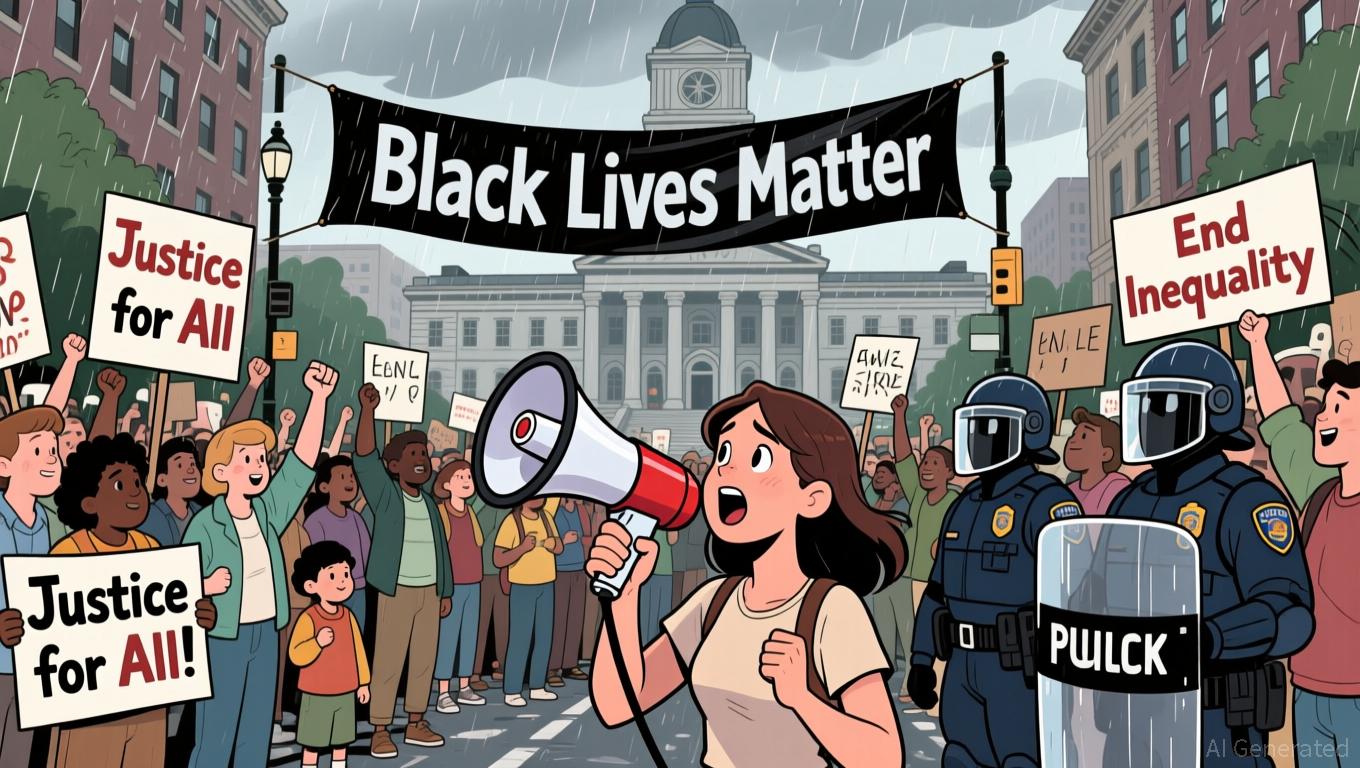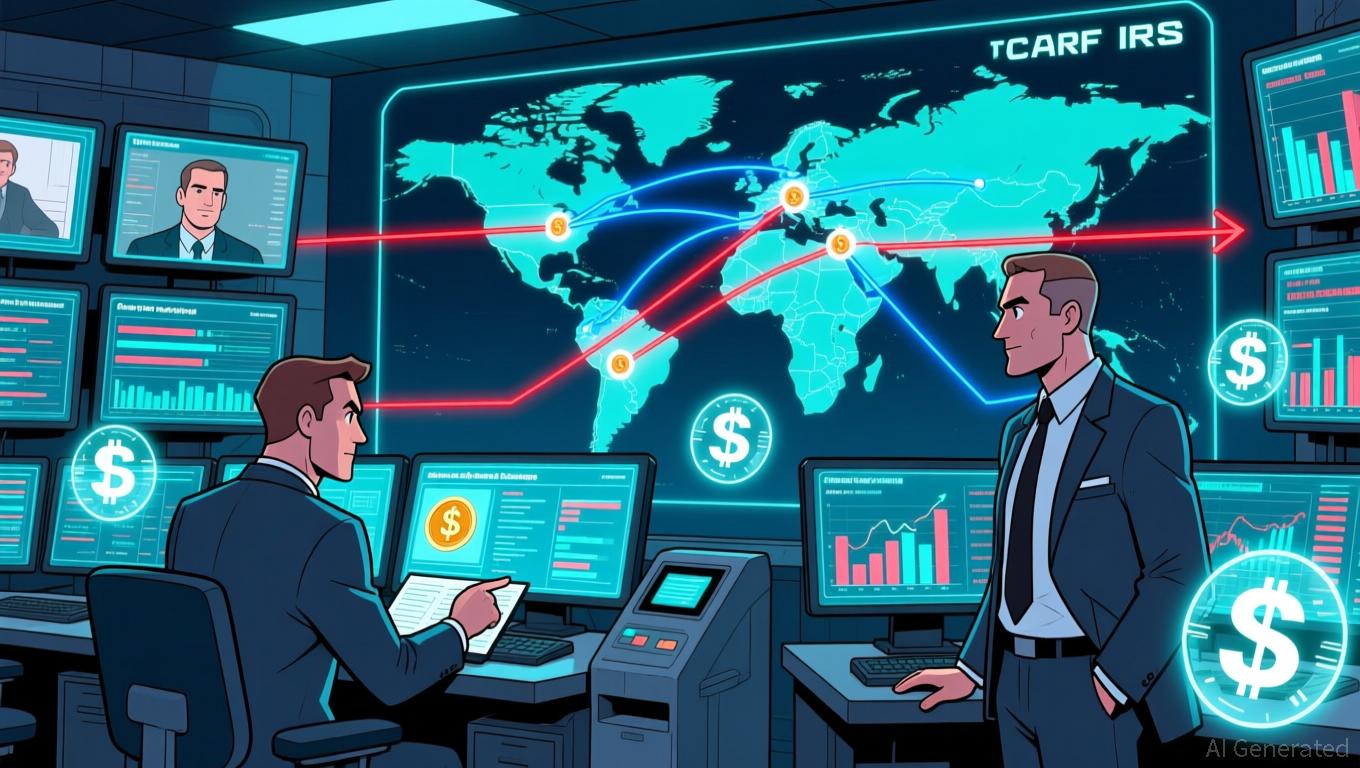Fed Weighs Job Growth Against Inflation Concerns in 2026 Interest Rate Decisions
- The Fed plans two 2026 rate cuts amid weak labor markets and stubborn inflation, balancing job support with inflation risks. - Internal FOMC divisions persist, with Vice Chair Jefferson advocating caution and Governor Waller pushing for aggressive cuts, while Trump’s appointee Miran amplifies easing pressure. - Incomplete data from a government shutdown complicates decisions, and market expectations for a December cut dropped to 42.9% amid inflation concerns. - J.P. Morgan urges diversification to hedge
The Federal Reserve is projected to lower interest rates twice in 2026 as officials contend with ongoing inflation and a softening job market, based on recent economic indicators and internal discussions. The Federal Open Market Committee (FOMC), responsible for setting rates, faces the challenge of loosening monetary policy to bolster employment without triggering a resurgence in inflation. This dilemma is evident in the differing opinions among Fed leaders, with Vice Chair Philip Jefferson urging caution against moving too quickly and Governor Christopher Waller
Fresh economic reports have strengthened arguments for rate cuts. ADP’s private-sector payroll data showed a weekly loss of 11,250 jobs in late October,
Political developments are also shaping the Fed’s strategy. Trump’s nomination of Stephen Miran—an outspoken supporter of swift rate reductions—to succeed outgoing Governor Adriana Kugler has increased calls for more aggressive easing. Kugler stepped down in August following
There are clear divisions within the FOMC. Jefferson, who often echoes Chair Jerome Powell’s perspective, advocated for a measured pace,

Market sentiment remains divided. Initially, traders saw a 93.7% likelihood of a December rate cut in October, but that estimate has fallen to 42.9% as officials voiced stronger concerns about inflation
Wider economic forces will also influence the Fed’s choices.
As the year draws to a close, the Fed’s next steps will depend on how it reconciles mixed economic signals. With the job market deteriorating and political pressures rising, inflation continues to exceed the 2% target. The December meeting will challenge the committee to strike a balance, and the first rate cut in 2026 is expected to occur early next year.
Disclaimer: The content of this article solely reflects the author's opinion and does not represent the platform in any capacity. This article is not intended to serve as a reference for making investment decisions.
You may also like
Dogecoin Eyes Rebound After Multi-Year Trendline Break Tests $0.15 Floor
XRP Pulls Back From $2.27 Peak Yet Maintains Uptrend Structure Above $2.15
Mastercard Picks Polygon to Bring Verified Usernames to Self-Custody Wallets
End of Privacy in Cryptocurrency as United States Adopts International Tax Standards
- The White House reviews a Treasury proposal to align U.S. crypto tax rules with the OECD's CARF framework, enabling IRS access to Americans' foreign crypto transactions. - CARF, adopted by 70+ jurisdictions including G7 nations, mandates automatic cross-border crypto transaction reporting to combat offshore tax evasion. - The framework would require foreign exchanges to report U.S. crypto holdings to the IRS, mirroring FATCA for traditional accounts while exempting DeFi transactions. - Domestic crypto ov
